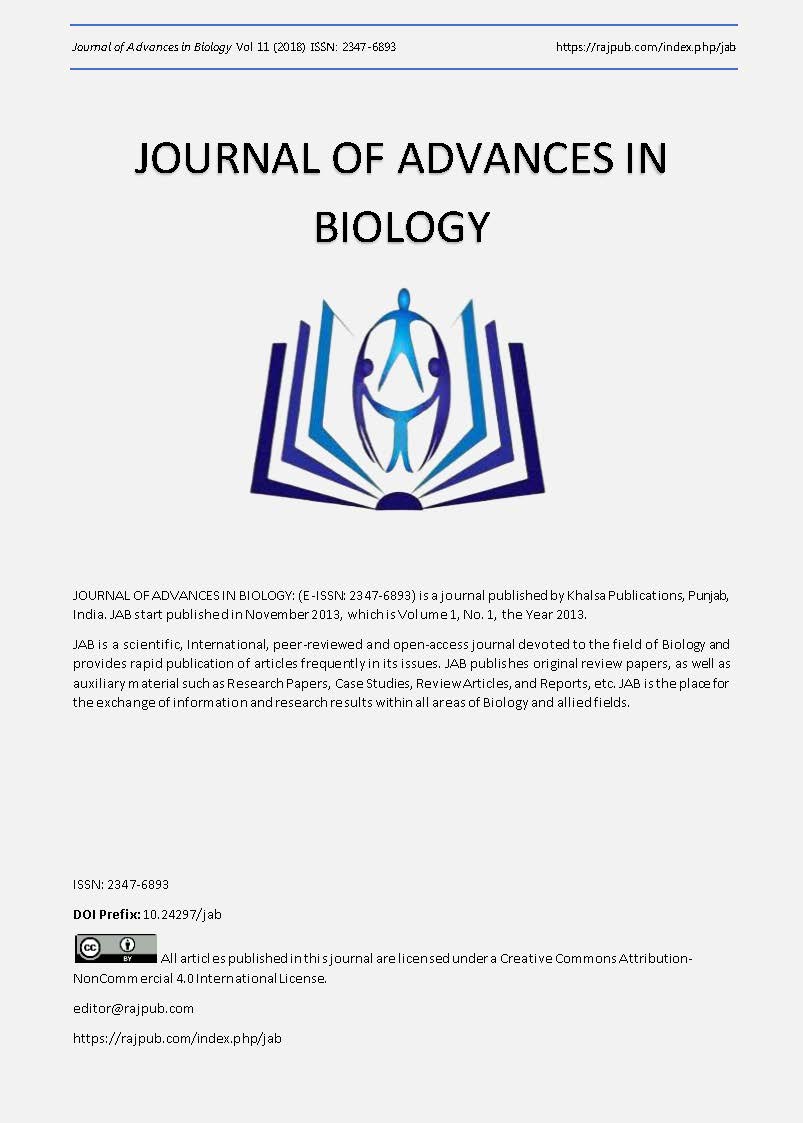Testosterone Level, Testicular Histology and Reproductive Events of Caucasian Pit Viper, Gloydius Halys Caucasicus (Serpentes: Viperidae)
DOI:
https://doi.org/10.24297/jab.v11i1.6755Keywords:
Testosterone, Testis histology, Snake, Body weight, Reproduction eventAbstract
The steroid hormones regulate the reproductive physiology of animals and may influence by habitat and seasonal conditions. In this study, body weight and length, testosterone concentration and testicular histology were measured in Caucasian pit viper from Lar region, Tehran province, during summer and autumn seasons in year 2014. Serum samples were collected from 24 anesthetized snakes and testicles were removed and fixed for histological study. Enzyme immunoassay (ELISA) was conducted on serum samples to determine concentrations of testosterone (T) and standard histological procedure was performed on gonads. Results indicated that body weights and lengths in summer and fall seasons were respectively 49.88±9.6 gr, 50.25±7.4 cm and 42.75±4.5gr, 43.25±2.3 cm, serum testosterone level in summer, 29.3± 5.12 ng/ml was more than fall, 13.75±2.80 ng/ml at P is less than equals to 0.05. The numbers of spermatogonias, spermatocytes and spermatids in summer were more than fall and statistically different at P is less than equals to 0.05. The leydig cells number and diameter in fall were more than summer but differences were not significant. There were significant differences between seminiferous tubules diameter, germinal epithelial height and tunica albuginea thickness in summer as compared to fall at P is less than equals to 0.05. The data suggest male Caucasian pit-viper of Lar region of Tehran displaying estival spermatogenesis and some relationship was revealed between T level and snake's body weight, and high level of T coincide with the mating period.
Downloads
Downloads
Published
How to Cite
Issue
Section
License
 All articles published in Journal of Advances in Linguistics are licensed under a Creative Commons Attribution 4.0 International License.
All articles published in Journal of Advances in Linguistics are licensed under a Creative Commons Attribution 4.0 International License.




